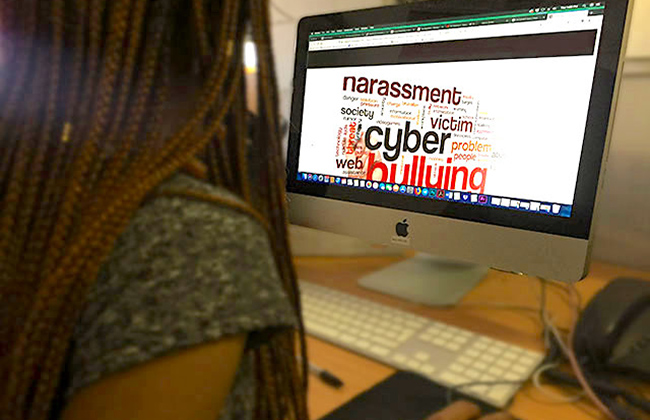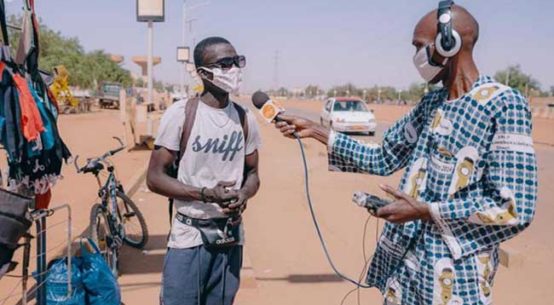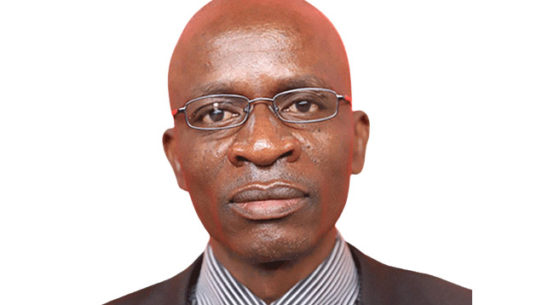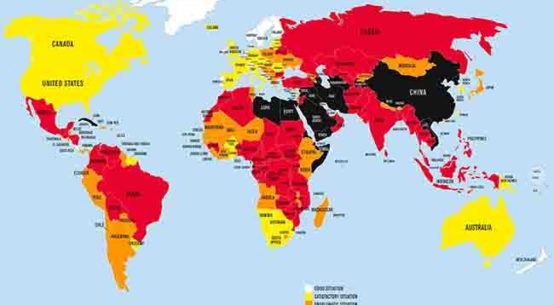
Women, media practitioners too, are now victims of online abuses and blackmail through con-consensual sharing of personal information since the advent of digital technologies, contrasting the United Nations’ call for global attainment of Sustainable Development Goal (SDG) 5.
The Goal endeavors to achieve gender equality and empower all women and girls. Target 5B calls for enhancing the use of enabling technology, in particular information and communications technology, to promote the empowerment of women.
The United Kingdom funded; Collaboration on International ICT Policy in East and Southern Africa (CIPESA), focusing on decision-making that facilitates the use of ICT in support of development and poverty reduction says most women are deprived emotionally and deprived in accessing ICT while cases of their rights being violated online are rife.
Established as one of two centres under the Catalysing Access to Information and Communications Technologies in Africa (CATIA) initiative, and funded by the UK’s Department for International Development (DfID) is concerned at the increasing gender divide.
In its report, CIPESA notes women in eastern Africa as face various challenges that undermine their use of digital technologies.
The challenges adduced tend to mirror the impediments that women face in the offline world, including access to education and economic opportunities, or participation in civic processes. There is also a wide gender digital divide in the region.
In Uganda, in Eastern Africa, men are 43% more likely to be online than women. In Kenya’s slums dotted in its capital, Nairobi, only 20% of women were connected to the internet, compared to 57% of men. Despite a large gender disparity in digital access, more women face various forms of online violence than their male counterparts.
The absence of laws designed to specifically address the various forms of digital violence (such as “revenge pornography”, trolling, and threats) and the lack of sufficient in-country reporting mechanisms, exacerbate these being forced to go offline or resorting to self-censorship.
Cyberstalking, online sexual harassment, blackmail through non-consensual sharing of personal information, promotes and normalises violence against women and girls who use the internet in Uganda.
The true extent of online violence against women (OVAW) remains unknown, partly due to cultural inhibitions, lack of data and lower levels of internet access among women.
However, a survey conducted in 2019 as part of digital literacy and security training for refugee rights defenders, from the Democratic Republic of Congo, Eritrea, South Sudan and Sudan, who are living in Uganda, showed that three in four of the respondents had experienced some form of cyber harassment.
These include abuse, stalking, unwarranted sexual advances and hacking of social media accounts. The perpetrators included anonymous individuals, security agents in their home countries, known friends and ex-partners.
However, as more women go online, the cases are increasing, yet there are insufficient safeguards to enable victims to protect and enhance their personal security, including the absence of laws prohibiting online violence against women.
Moreover, such cases continue to go unreported, leaving victims with limited legal recourse or resources to seek justice. Further, many women are uninformed of their rights online and are not aware of the tools available to secure themselves online.
According to a 2020 UN Women report, women in politics and the media are at higher risk of online and ICT-facilitated violence due to their public personas.
The UN Women report also cites evidence suggesting that women with multiple identities (such as the LBTQI community, ethnic minority, indigenous) are often targeted online through discrimination and hate speech, which often forces them to self-censor and withdraw from debates and online discussions.
Similarly, the UN Special Rapporteur on violence against women, its causes and consequences, has stated that some groups of women, including human rights defenders, women in politics, journalists, bloggers, women belonging to ethnic minorities, indigenous women, lesbian, bisexual and transgender women, and women with disabilities are particularly targeted by ICT-facilitated violence.
The extent to which cyber harassment affects women in marginalised communities in the region is not well known.
During the commemoration of the International Women’s Day, 2022 CIPESA had organised a webinar to foster multi-stakeholder dialogue on OVAW towards promoting women’s ability to meaningfully participate in the information society, democratic and decision making processes.
A recent report by the International Center of Journalists and UNESCO shows that nearly three-quarters of women journalists have experienced online abuse, harassment, threats and attacks. The insidious problem of online violence against women journalists is increasingly spilling offline, with potentially deadly consequences, a new global survey suggests.
Online violence is the new frontline in journalism safety, and it’s particularly dangerous for women. Just like women across society, they experience higher levels of harassment, assault and abuse in their daily lives.
Women journalists are also at much greater risk in the course of their work, especially on digital platforms. In the online environment, we see exponential attacks – at scale – on women journalists, particularly at the intersection of hate speech and disinformation.
Alarmingly, the risk extends to women journalists’ families, sources and audiences. Online attacks against women journalists are often accompanied by threats of harm to others connected to them, or those they interact with, as a means of extending the ‘chilling effect’ on their journalism.
In combination, misogyny and online violence are a real threat to women’s participation in journalism and public communication in the digital age. It’s both a genuine gender equality struggle, and a freedom of expression crisis that needs to be taken very seriously by all actors involved, the research notes.
The Council of Europe’s Group of Experts in its assessment of the “digital dimension” of violence against women, has raised eyebrows over the increasing abuses of women and girls online
It cites abuses ranging from body shaming (mocking someone’s bodily shape, size, or appearance) and cyber-flashing (sending unsolicited sexual images online) to doxing (sharing online a target’s personal information without consent).
The rapid development of information and communication technologies also facilitates new avenues for violence against women and girls, exposing them to more risks of being abused.




